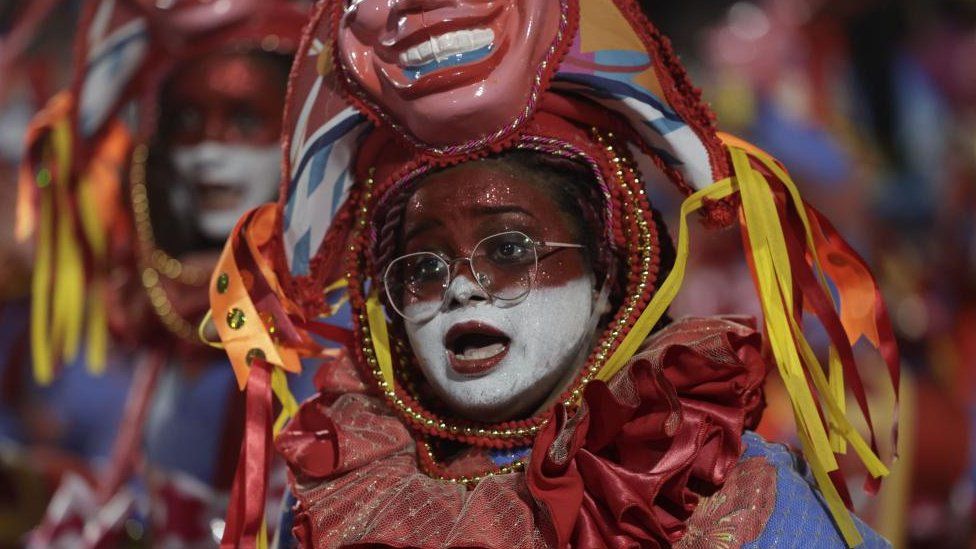With its homage to a Brazilian outlaw from the early 20th century who many compare to Robin Hood, the Imperatriz Leopoldinense samba school has won Rio's fiercely competitive carnival parade.
Captain Virgulino Ferreira, also called Lampio, is a contentious individual. Some people believe he is a folk hero, while others claim he is just a bandit.

Lampio was born at the end of the 19th century and was raised in a rural area of northeastern Brazil. after a disagreement with a significant landowner. Due to financial difficulties, Lampio and some of his brothers joined a gang of local outlaws.
In the Northeast of Brazil, gangs of bandits like the one led by Lampio prowled the countryside while plundering and robbing.
In addition, they demanded protection money from landowners in return for staying away from their properties.
They had some locals' support because they believed they were fighting the enormous disparities between the rich and the poor in this region of Brazil, but they were also being sought after by the people they had terrorized.

In a nod to the myth that Lampio spent his criminal life in hell, some of the floats featured enormous skull decorations and were designed to look like scenes from hell, complete with dancers wearing devil costumes.


Some partygoers wore eyewear to mimic the bandit's glasses.

The Imperatriz Leopoldinense theme was unusual because it reflected the earthy tones of the Northeast and many of the dresses had more folkloric characteristics.

Other samba schools vying for the top spot sought out the vibrantly colored feathers typically associated with carnival.

Numerous others included exotic animals on their floats, like this white tiger.

Vila Isabel's depiction of St. George slaying a dragon astounded onlookers.

Many also praised Erika Januza, the drum queen for Viradouro, for the parade's boundless energy.

Other Vila Isabel members drew their inspiration from satyrs.








